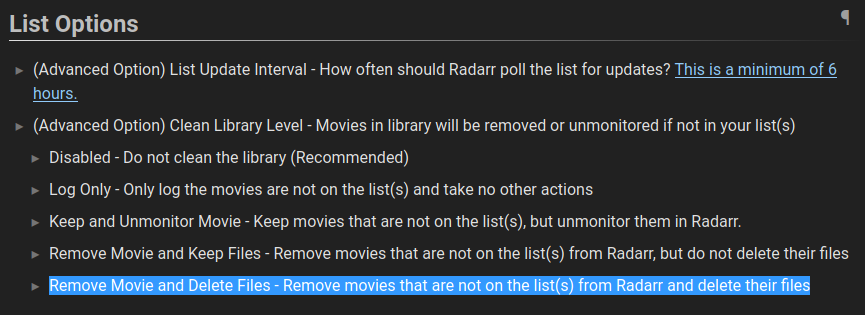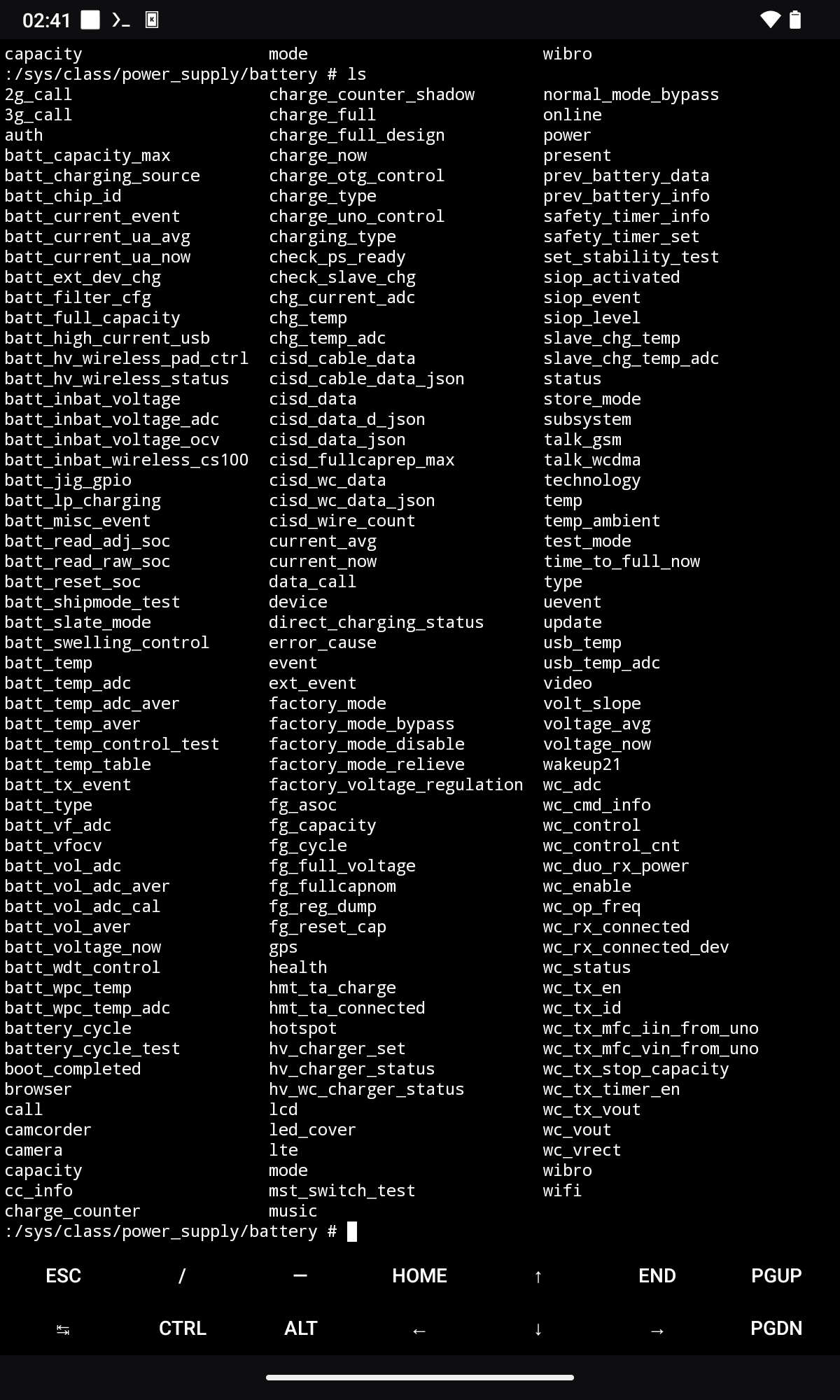cross-posted from: https://lemmy.ml/post/20403604
if you're a long time PC games pirate, I'd like to divert your attention to an area you probably haven't looked at (I know I haven't) - Playstation 3.
you're free to look up its history, but in short, it's tech that premiered in 2006, so def on the old side. nevertheless, it's still in active use with game development reaching into 2017.
the kicker here is - it's almost flawlessly jailbreakable, allowing you to play anything that was produced for it, including games for PS1 and PS2! two caveats: a) I haven't registered nor used a PSN account, as I see no value in it so no idea if network play works and b) I only tried 15 or so games.
they can be had in the $30-50 range, the older models (fat and earlier slim) being preferable because they support the persistent hack, while later slims and superslims are less so, but still hackable with a non-persistent hack (you need to patch it every time it powers on).
the hack is super easy and straightforward and involves no hardware mods of any kind - it wouldn't hurt to clean and repaste a 20 year old device, though. the new hack with the custom firmware (CFW) is persistent, so it's there forever unless you decide to flash the original firmware (OFW).
because it's such an old platform there isn't super active resistance from sony towards the hack scene, so you should be good on that front for many, many moons. in contrast, the rare PS4 hacks are quickly patched and rendered useless, even though it's pretty ancient tech from 2012.
I stumbled onto one by chance, found a broken device sans Blu-Ray drive, seemingly useless for normies. thanks to the super-active community at psx-place, I was able to resurrect it, flash the latest 4.91 CFW with a noBD patch, got me a fake sixaxis game pad and an old 500 GB drive and everything works beautifully!
you can get games from dedicated "ROM" sites as well as torrents; I'm not overly familiar with the malware situation but I doubt it's a serious concern. the games can be transferred over the network using plain ol' FTP, copied from USB drives or even played directly from those. although it was the primary method of game distribution, I haven't needed the BD once. there are mods with store-like interfaces that allow you to directly download games from the internet and install them to the disk. also, DLNA is supported, I managed to play movies from my Jellyfin server!
although it won't hurt it, SSD are probably overkill. the SATA1 interface it has is congruent with transfer speeds of mechanical drives, so you're fine with repurposing one of those, as they can be had for next to nothing; max size is 1.5TB.
I've gotten a cheap sixaxis clone; cost me $10 NiB and it works. I don't know if I suck at playing dynamic games because it's shit or because I plain suck (never played with a gamepad before), that remains to be seen. I'm def not buying an original because they cost like $50+, and I'm not getting them used because yuck - who knows who sweated on them and what else they did with it.
a word of warning - you shouldn't spend a ton of money on them because it's decade+ old tech that's on the uptick part of a bathtub curve. the graphics chips they had, especially the early models, are prone to die and repair isn't viable.
it took me a while to piece together all the info as I've never had any interactions with consoles of any kind, let alone the hack aspects of it. if you're similarly challenged, ask away here or on ps3piracy and I'll try to help!



not to trample on your experiences, but you can make it work. it's true it's super cumbersome and involved though.
I've had/got it working on a T420s, T480s, T14, MBPr 2012, on debian, fedora, and arch. it helps if it's not your primary/only workstation so you can tweak it without pressure. keep at it, it's worth it, I can't imagine using my laptops any other way.
maybe do I write-up one of these days.